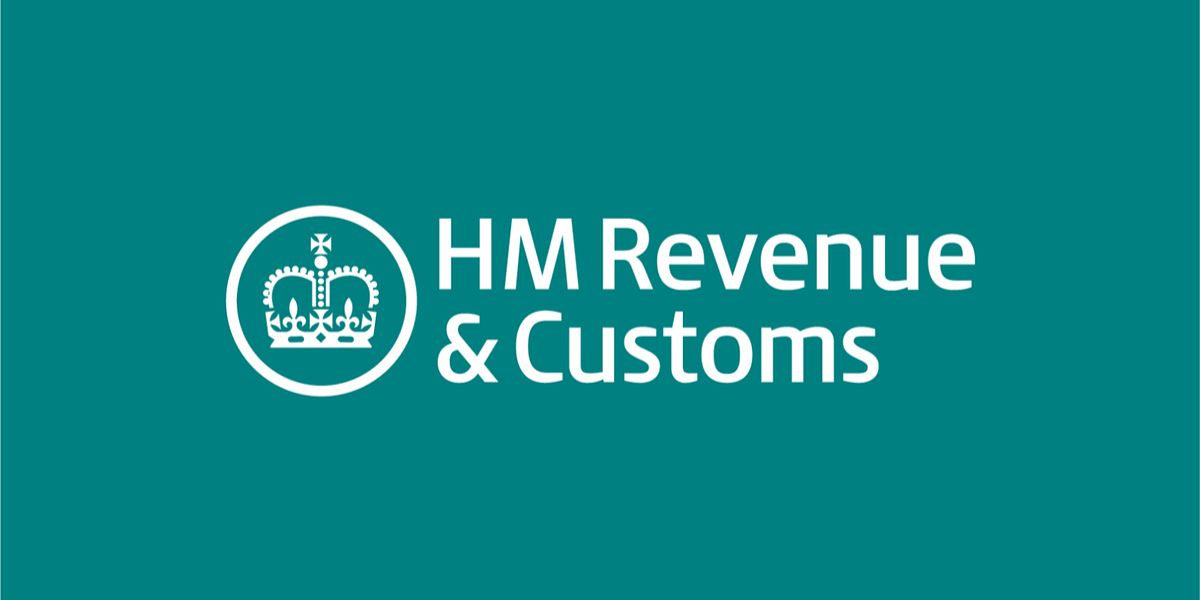A report issued on 9 October 2018 commissioned by the British Film Institute and entitled “Screen Business: how tax incentives help power economic growth across the UK” looks at the effect of tax relief on the film, television and video sectors.
The report looks at the results for 2016, the last year for which full figures are available, and notes that the amount spent on production in the UK film, high-end television, video games, animation and children’s television sectors contributed around GBP 7.9 billion to the UK economy.
The UK’s Chancellor of the Exchequer in a Foreword to the report noted that in 2017 more than GBP 850 million of government support was provided to the creative industries in the form of tax relief. The Chancellor notes that since their introduction the tax reliefs have benefited 2,420 films, 310 high-end TV programmes, 480 video game productions, 145 animation productions and 75 children’s TV programmes. In the view of the Chancellor this has created new employment and made a large contribution to the UK economy.
The creative industries tax relief includes film tax relief, high end television tax relief, animation tax relief and video games tax relief, children’s television tax relief and theatre tax relief. The film tax relief was first introduced in 2007 and is credited with helping to create a revival in the UK film industry. The film tax relief currently amounts to 25% of qualifying production expenditure and is available in the case of British qualifying films that have either passed a cultural test or are qualifying co-productions. The films are required to have minimum UK core expenditure of 10% and the tax relief is based on the lower of 80% of the core expenditure or the actual UK core expenditure. The other forms of creative industry tax relief grant similar relief to activities in the areas of high end and children’s television, animation, video games and theatre.
The report notes that bbetween 2012 and 2016, Gross Value Added (GVA) in UK film increased by 91%. The report suggests that without the tax relief the report the film sector would have been only half the size achieved in 2016. Even faster growth is registered in the area of high-end television where the GVA was up 149% between 2013 and 2016.
As well as looking at the effect of the tax reliefs the report also examines the investments in the UK by distributors, broadcasters, video games, publishers and the US studios. The report assesses the supply chain impact and spill-over impact on activities such as in-bound tourism, merchandise sales and generally the promotion of the UK brand. The report also looks at the impact of the tax reliefs on the visual effects sector.
According to the figures presented by the report an estimated GBP 632m in tax relief seeded GBP 3.2bn in direct production spend in 2016. This represented a 17% increase on the figures for 2015. Growth in production investment across the whole sector has risen from GBP 1.7 billion in 2013 to GBP 3.2 billion for 2016, of which GBP 1.7 billion was accounted for by the film sector.
The report also calculated the production spend that would not have taken place without the tax relief, referred to as “additionality”. This was calculated to be GBP 4.1 billion in 2016. The report considers that in 2016 more than 137,000 full-time equivalent (FTE) jobs were generated by tax-relief supported screen production. The main impact of the tax relief was in outcomes for growth, employment, innovation and competitiveness of the creative industries.


















